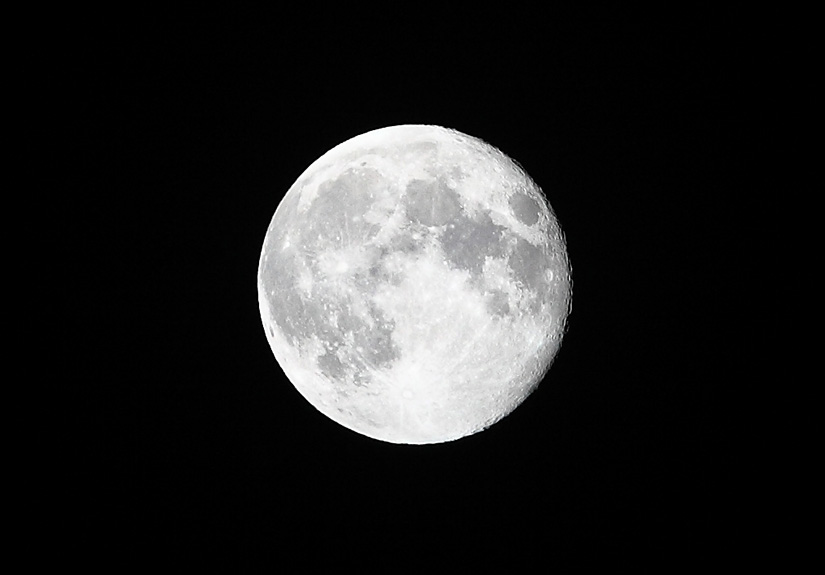In Chase of Holy Light and Shadow
Shooting Tips for Crepuscular Rays
Crepuscular rays, also called “Jesus rays”, are columns of sunlight that appear to radiate from the sky. This is formed when sun rays, which stream through edges or gaps in clouds, light up the haze or dust particles in the atmosphere. These rays, possessing the quality of transparency and pureness, convey a sense of holiness and tranquility to the viewers, and are thus called “Jesus rays”. From the viewpoint of photography, this is a one-of-a-kind and treasurable sight that makes a good photographic subject for the lucky ones.
Shooting Techniques
Use a Smaller Aperture
Crepuscular rays are sunlight escaping from the gaps of clouds, which appear dimmer than normal sunlight. This may confuse some of the photographers that a larger aperture should be used. In fact, crepuscular rays are strong sunlight in nature. These shafts of light are like spotlights shining from above, and are thus very intensive light beams to the camera. Therefore, when photographing this kind of astronomical subject, we should use a small aperture instead, like f/8, f/10 or smaller. A small aperture can capture the objects from near to afar in clarity, like the examples shown in figure 1 & 2.

Title:《晨光照梯田》 Club Canon Member:Fung Siu Cheong
Canon EOS-1D Mark II N • EF 17-40mm f/4L USM • 1/80s • f/8 • ISO100
Figure 1
Canon EOS-1D Mark II N • EF 17-40mm f/4L USM • 1/80s • f/8 • ISO100
Figure 1

Title:《噴薄而出》 Club Canon Member:Geor
Canon EOS 5D Mark II • EF 70-200mm f/2.8L IS II USM • 1/200s • f/10 • ISO100
Figure 2
Canon EOS 5D Mark II • EF 70-200mm f/2.8L IS II USM • 1/200s • f/10 • ISO100
Figure 2
Use Spot Metering
To capture a photo of crepuscular rays, somehow it all depends on luck. If you are lucky enough to come across this, it would be better to shoot using spot metering. Since spot metering only uses a small area in the scene for focusing, it can measure the rays specifically for more accurate metering result. The below photo, for example, was taken with spot metering. The shaft of light at the center looked especially sharp, making a strong contrast with other objects in the photo.

Title:《God》 Club Canon Member:sang
Canon EOS 700D • EF-S 18-200mm f/3.5-5.6 IS • 1/200s • f/25 • ISO100
Canon EOS 700D • EF-S 18-200mm f/3.5-5.6 IS • 1/200s • f/25 • ISO100
Using GND Filter
Like what we have mentioned above, crepuscular rays are in fact strong light sources and thus there are chances that the sky will be over-exposed and an overly strong contrast may occur among the sky, the land and the sea. To solve these problems, we can use a Graduated Neutral Density (GND) filter (figure 3). A GND filter is a filter that can reduce the amount of light gradually. It is easy to shoot with a GND filter. Simply place a GND filter in front of the lens so that the black area of the filter covers the frame area with stronger light source. Then turn on the Live View mode on the camera to observe the changes in brightness in real time and adjust for the ideal light distribution. You can then achieve an optimally exposed photo. For more information about GND filters, please refer to another feature article entitled “Capture Stunning Sunrises and Sunsets”.

Figure 3
The formation of crepuscular rays not only requires the shield of clouds, but also depends largely on the moisture and dust levels in the atmosphere. For a chance to take photos of crepuscular rays, you can try your luck and go to more humid places like seaside or valley in a cloudy evening.





